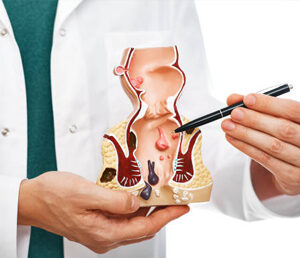Diploma in Slimming Services
₹25,000.00
A Diploma in Slimming Services typically focuses on providing students with the knowledge and skills necessary to assist individuals in achieving their weight loss and body contouring goals. These diploma programs often cover a range of topics related to nutrition, exercise, body analysis, and the use of various slimming techniques and technologies. Here’s a general outline of what you might expect from such a diploma program:
- Nutrition and Dietetics: Understanding the principles of nutrition and dietetics is crucial for effective weight management. Students may learn about macronutrients, micronutrients, dietary guidelines, meal planning, and strategies for promoting healthy eating habits.
- Exercise Science: Physical activity is a key component of any weight loss program. The curriculum may include topics such as exercise physiology, anatomy, exercise prescription, and the role of physical activity in weight management.
- Body Composition Analysis: Students may learn how to assess body composition using various methods such as bioelectrical impedance analysis (BIA), skinfold measurements, and waist-to-hip ratio calculations. Understanding body composition helps in designing personalized slimming programs.
- Slimming Techniques and Technologies: Diploma programs in slimming services often cover a range of slimming techniques and technologies, including:
- Manual therapies such as massage and lymphatic drainage
- Non-invasive body contouring procedures like cryolipolysis (fat freezing) and radiofrequency (RF) treatments
- Use of slimming devices such as ultrasound cavitation machines and laser therapy
- Dietary supplements and herbal remedies marketed for weight loss
- Client Consultation and Counseling: Effective communication and counseling skills are essential for assessing client needs, setting realistic goals, and providing ongoing support throughout the slimming process. Students may learn how to conduct comprehensive client assessments, develop personalized treatment plans, and monitor progress over time.
- Health and Safety Regulations: Diploma programs typically emphasize the importance of adhering to health and safety regulations in the provision of slimming services. This includes maintaining cleanliness and hygiene standards, ensuring proper equipment maintenance, and addressing contraindications and potential risks associated with slimming treatments.
- Practical Training: Hands-on practical training is often incorporated into the curriculum to provide students with real-world experience in delivering slimming services. This may include supervised internships or clinical placements in slimming clinics, wellness centers, or fitness facilities.
Upon completion of the diploma program, graduates may pursue careers as slimming consultants, weight loss coaches, wellness coordinators, or entrepreneurs in the health and wellness industry. It’s important to choose a reputable institution that offers a comprehensive curriculum, experienced faculty, and opportunities for practical training and professional development.







Reviews
There are no reviews yet.